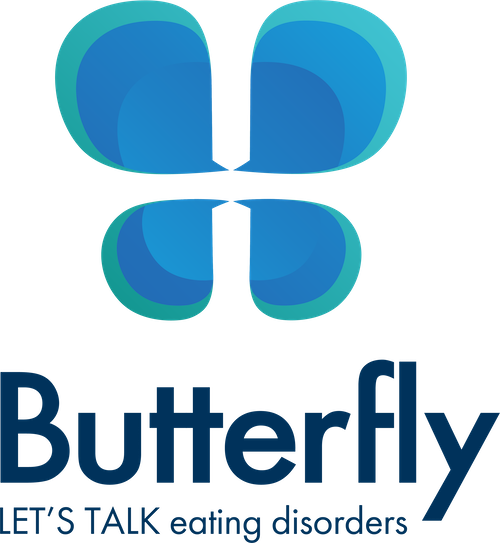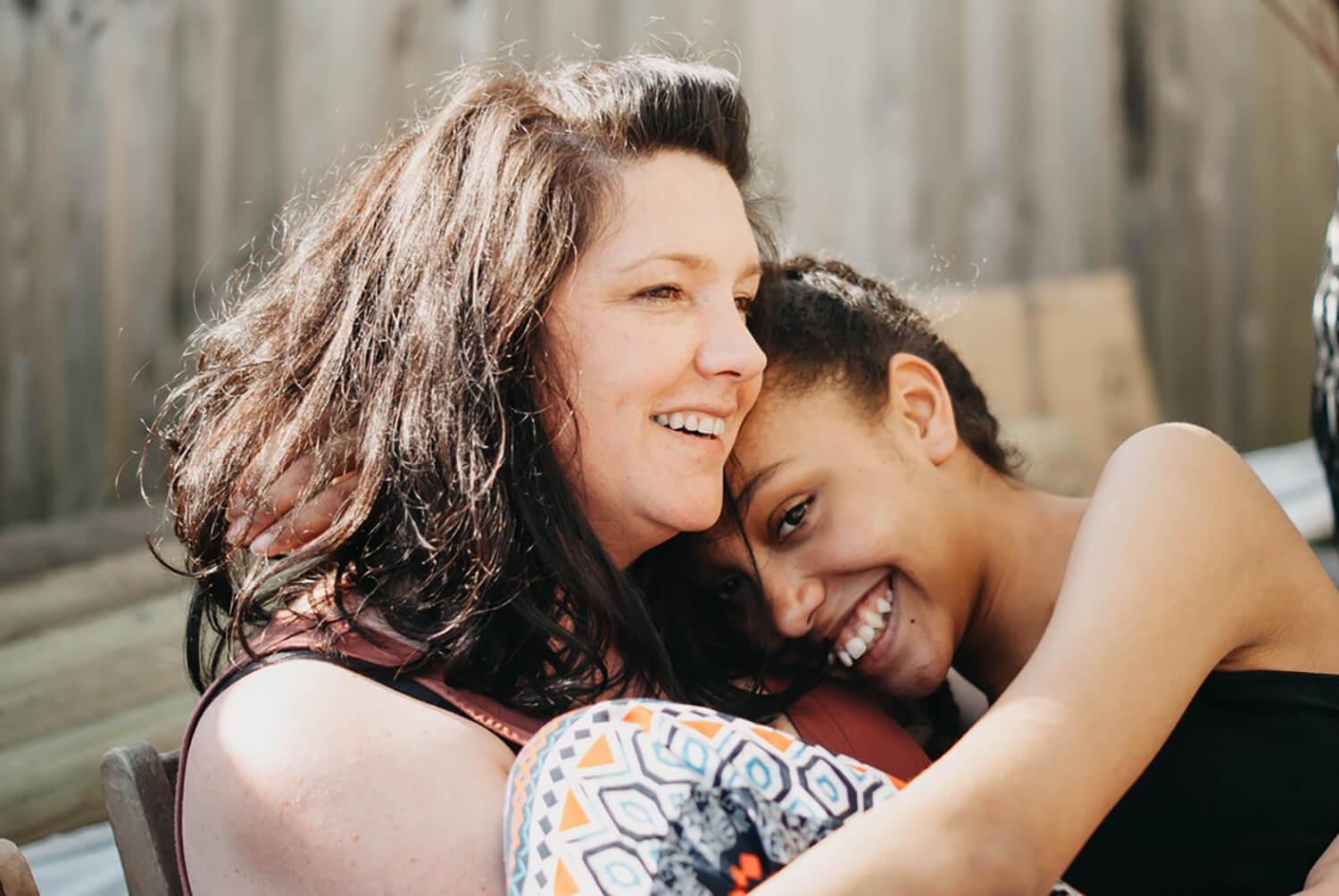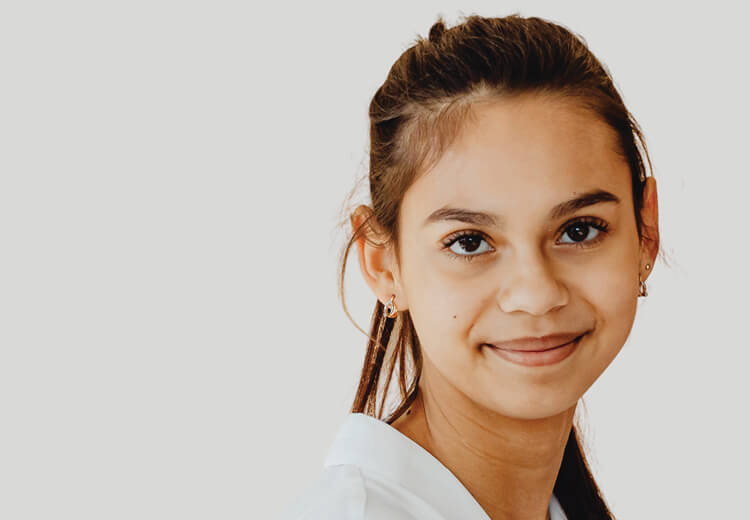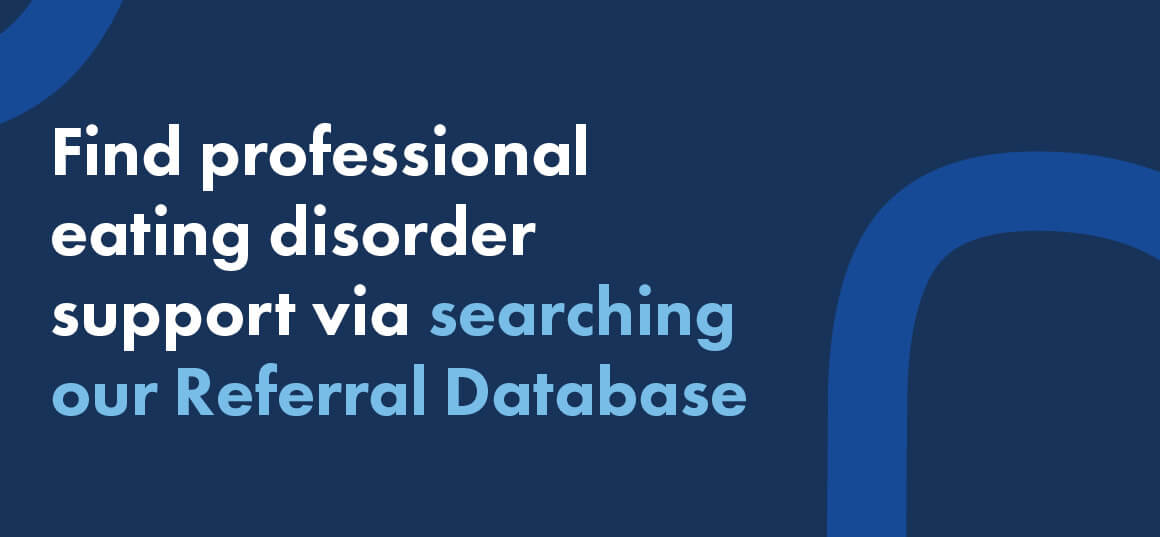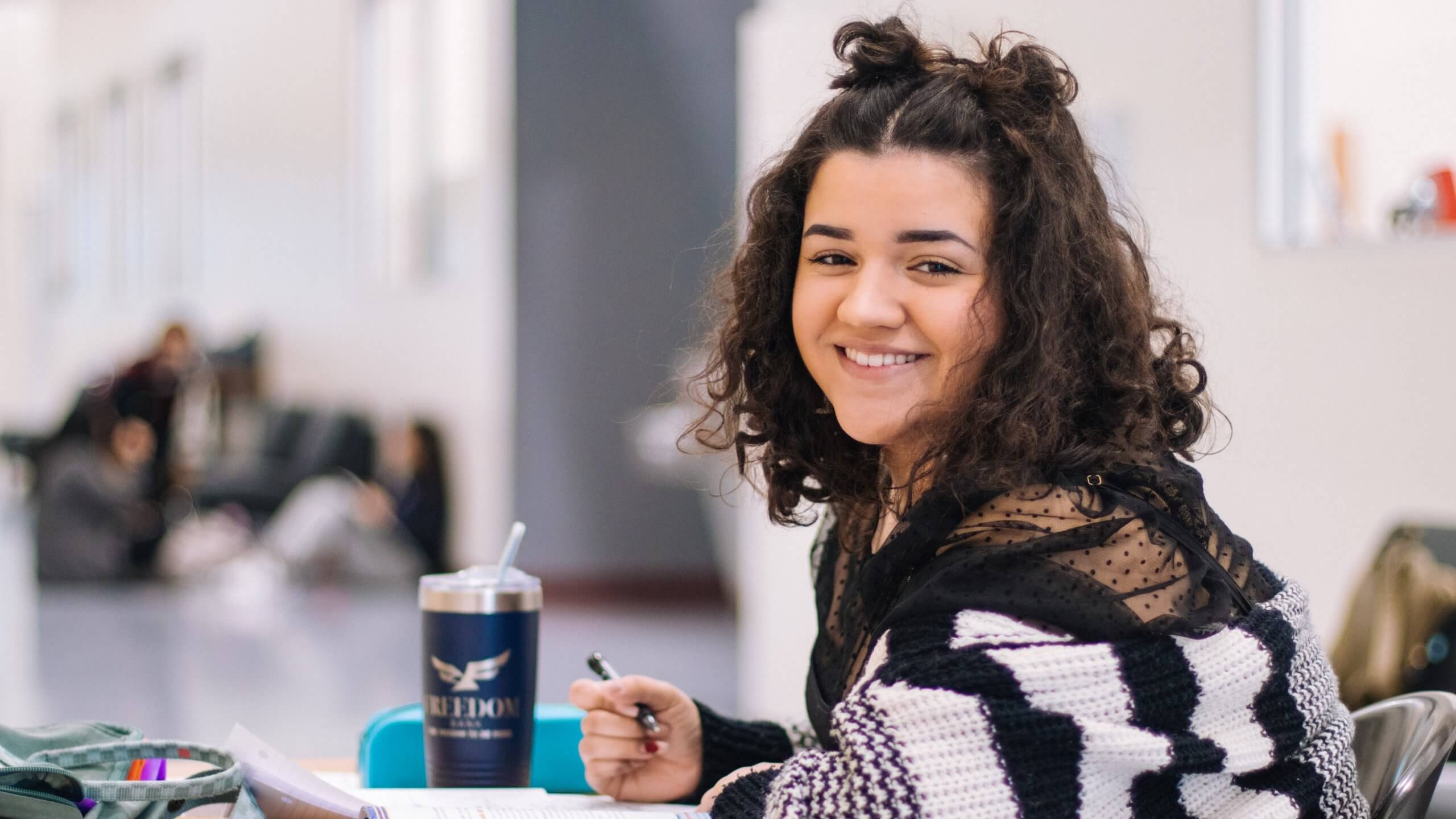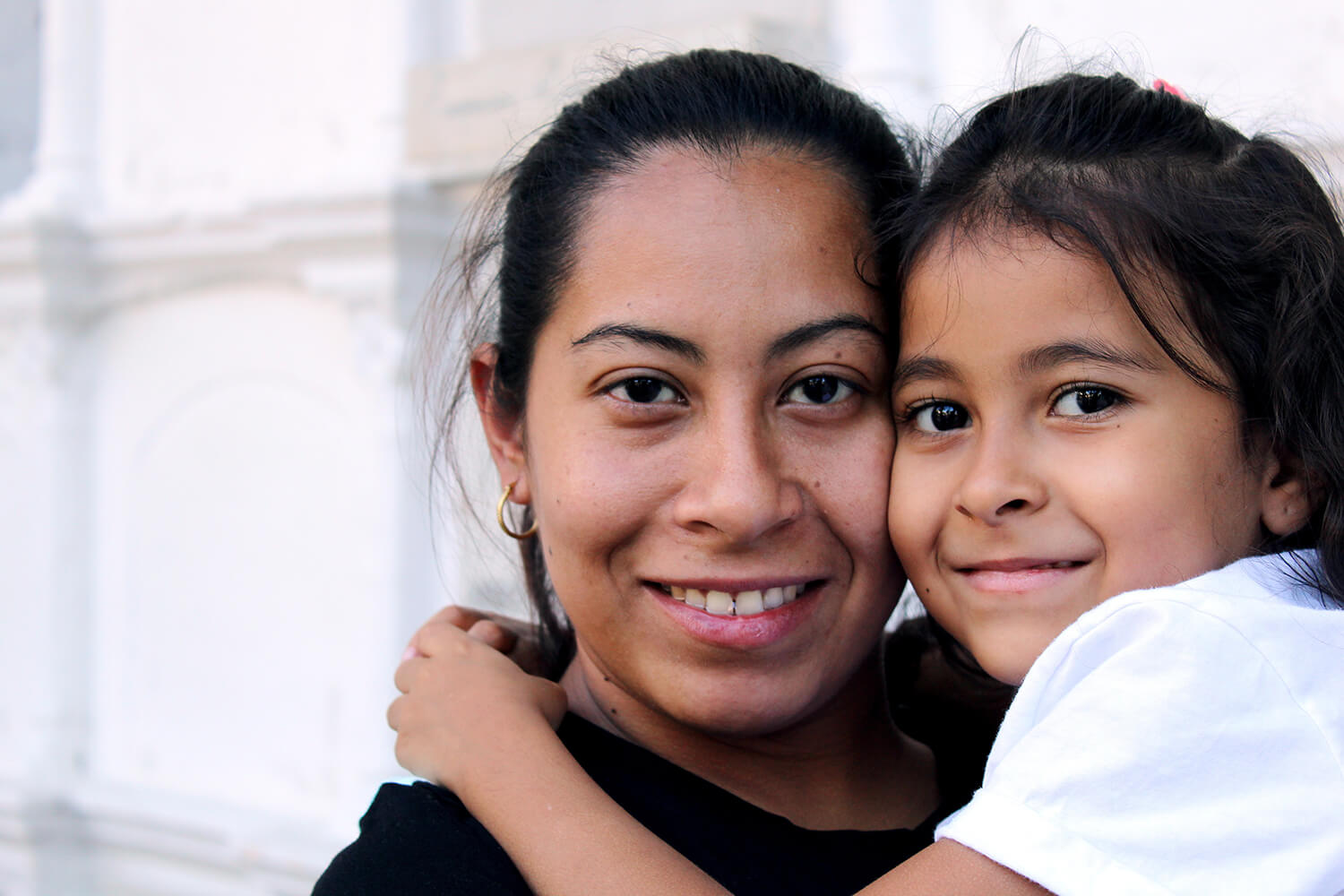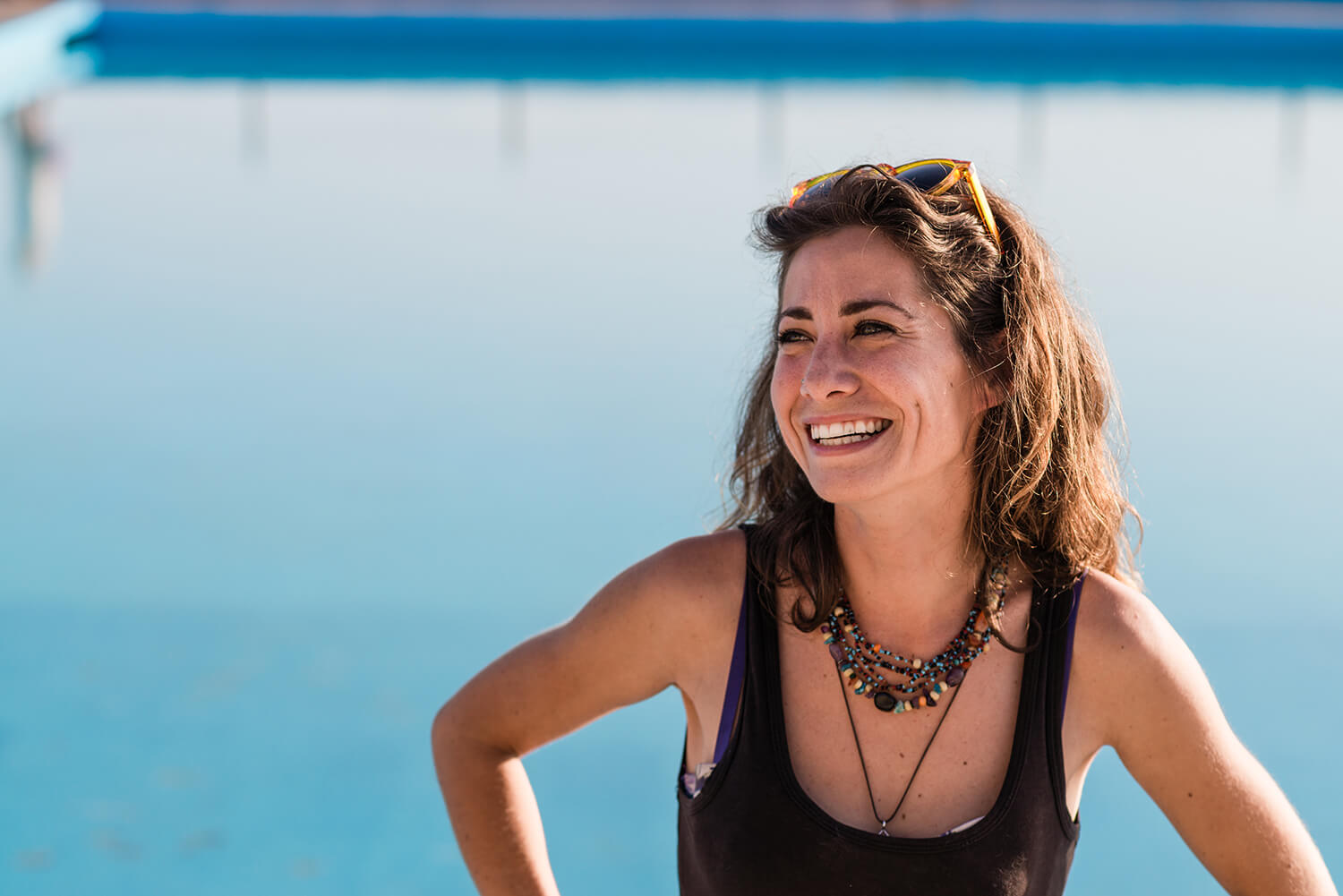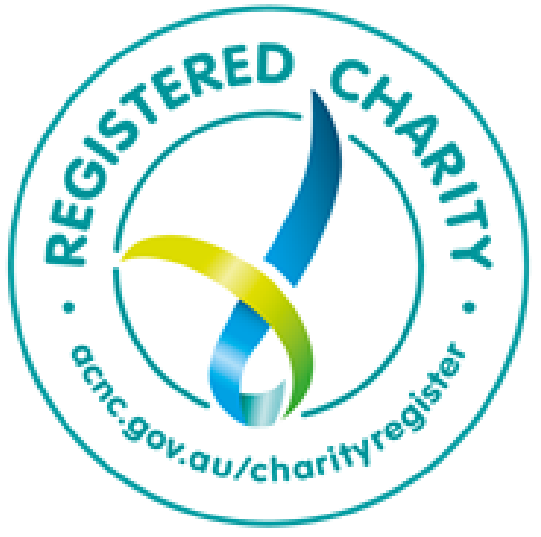New primary school program proven to support positive body image in pupils
A pilot evaluation of Butterfly Body Bright, whole of primary school body image program, shows statistically significant improvements after just one lesson.
- More than half (54%) of pupils reported an immediate increase in how happy they felt about their body shape and how they look
- Nearly a third (32%) reported an immediate increase in how happy they felt about what their body can do
- Nearly a quarter (23%) reported an immediate increase in confidence to deal with appearance-based teasing and bullying if they saw it happen
- More than a quarter (27%) reported an immediate increase in their intention to seek help/support if they are having a hard time
The Butterfly Body Bright pilot evaluation included 114 Victorian pupils from years four to six participating in one of three lessons – BRAVE, RESILIENT or GRATEFUL. The evaluation research, conducted in conjunction with La Trobe University’s EMbodIED Research Team, found marked improvements in body image, body appreciation, confidence to deal with appearance-based teasing and increase in help seeking when required.
Feedback from students was encouraging and positive, including:
- “The lesson made me feel grateful for my body” (Sienna*, Year 6, GRATEFUL lesson)
- “Better about my body and more secure” (Oscar*, Year 6, BRAVE lesson)
- “It made me feel like I belong because no one is perfect, and we are all different in our own way” (Charlotte*, Year 6, RESILIENT lesson)
- “It made me feel better about my body” (Simon*, Year 4, GRATEFUL lesson)
Butterfly Body Bright Manager, Dr Stephanie Damiano said, “The pilot results were really encouraging after students received just one Body Bright lesson. As participating schools embed the recommended school culture changes, staff receive training and students receive more lessons, we would hope to see even greater outcomes for Australian children.”
“We know things like appearance-based teasing and weight stigma start at a young age, so it’s important that we educate young Australians around celebrating diversity and practicing body appreciation, and equip them with the media and social media literacy skills to build resilience against unrealistic body and appearance ideals.”
Since the successful program was launched, Butterfly Body Bright has expanded to more than 146 schools across Australia, reaching nearly 32,000 primary school children. 590 staff have been registered for the online staff training, with really positive feedback. 80% of staff have agreed that Body Bright Staff Training has filled an important gap in their professional development, and 93% said the training has improved how they will role model positive body image to their students.
WHY IS BUTTERFLY BODY BRIGHT A CRITICAL INITIATIVE?
- Approximately 50% of pre-adolescent girls report body dissatisfaction, with age 6 thought to be an important age for the onset of body dissatisfaction in girls, and primary-school age boys are already reporting a desire for a more muscular body.
- Up to 58% of primary school-age children have reported appearance-related teasing from peers. Appearance-related teasing has been associated with disordered eating attitudes and behaviours in children as young as 8-12 years old.
- Weight stigma starts developing early in childhood, with children as young as 3 years old attributing negative qualities (such as ‘lazy’ and ‘mean’) to images of children with larger bodies and attributing positive qualities (such as ‘nice’ and ‘clever’) to images of children with thinner bodies
- In a recent survey conducted by Butterfly, 93% of adult respondents who reported developing body image concerns during their primary school years stated that their concerns got worse as they entered adolescence. 43% reported developing an undiagnosed eating disorder between the ages of 5 and 12, which really highlights the need to equip educators and families with information to identify problems early, even from childhood.
- A third of 5-year-old girls have reported a desire to engage in dieting behaviours, which has been related to how important they think being thin is and their level of weight stigma.
- Appearance of characters in children’s media are often presented in stereotypical ways. For example, female lead characters are often thin, attractive, and/or kind, and male lead characters are often strong, heroic, attractive, and/or desired by the lead female. These can influence a child’s attitudes about bodies.
For more information on the program, the research or to request an interview with a Butterfly spokesperson, please get in touch with the media contacts below.
Registering for Butterfly Body Bright is FREE until 30 June 2022. Schools can register any time and will receive 12 months access to school culture guidelines, online staff training, PDHPE curriculum-aligned lessons, and resources for families.
To register your primary school to take part in Butterfly Body Bright, please head to the website, HERE.
*Names have been changed for privacy
Butterfly Body Bright is generously supported by FDC Construction and FitOut and Sportsgirl.
-ENDS-
Media Contacts
| Alex Cowen
Communications Manager Ph: 0497 008 716 E: alex.cowen@butterfly.org.au
|
Thom Landers
Edelman for Butterfly Foundation Ph: 0408 089 181
|
Editor and producers note: Please include the following support line details in all media coverage of this story and refer to the Mindframe Media guidelines for safe reporting on eating disorders. Please include the following helpline message.
Help and Support
Anyone needing support with eating disorders or body image issues is encouraged to contact:
- Butterfly National Helpline on 1800 33 4673 (1800 ED HOPE) or support@butterfly.org.au
- Find useful articles & resources via Butterfly’s COVID Help Hub
- Find a professional via Butterfly’s Referral Database
- Eating Disorders Victoria Helpline on 1300 550 23
- For urgent support call Lifeline 13 11 14



